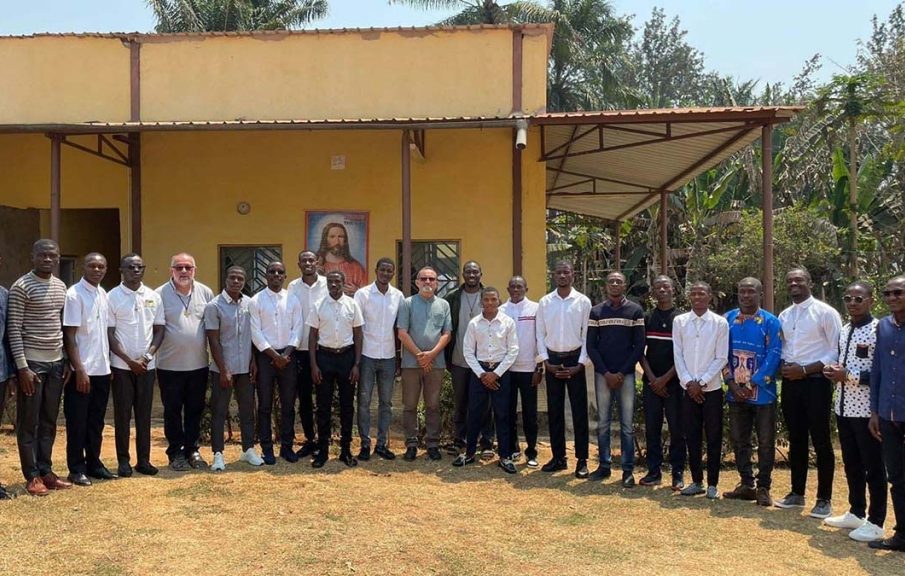Angola’s Economic Renaissance: Energy Diversification and Growth Initiatives Shape Nation’s Future

A Nation in Transition
Angola remains one of Africa’s most oil-dependent nations, with oil accounting for 28.9% of GDP and 95% of exports. However, 2025 marks a pivotal year as the country implements ambitious reforms and diversification strategies to reshape its economic future.
Energy Sector Developments
While striving to maintain crude output above one million barrels per day beyond 2027, Angola is actively diversifying its energy matrix through investments in green hydrogen and renewable energy. A significant milestone is the New Gas Consortium’s first non-associated gas project, a $2.4 billion investment with a capacity of 330 million standard cubic feet per day.
Economic Reforms and Infrastructure
The country’s economic outlook shows signs of improvement, with inflation expected to decrease to 12.4% in 2025 from its peak of 18.1% in 2024. The basic interest rate stands at 19%. The government has adopted a policy of longer-term borrowing from multilateral institutions to fund development expenditures, preferring to issue longer-term debt instruments to smooth out repayment peaks.
Investment and Development
The Angola Commercial Agriculture Development Project (PDAC) is supporting the country’s economic diversification agenda by facilitating the transition to market-oriented agriculture. The project has already approved 543 projects, generating about $62.04 million in total agriculture investment, with $11.5 million co-financed by commercial banks.
Future Outlook
Angola faces an urgent need to remove barriers to private sector investment to achieve economic diversification that can support growth, job creation, and poverty reduction. The country’s climate finance initiatives are showing promise, with the energy system receiving 69% of climate finance, cross-sectors following at 19%, and agriculture, forestry, and fisheries receiving 11%. Public finance sources dominate at 88%, with development finance institutions holding 44% and the private sector accounting for 17%.








